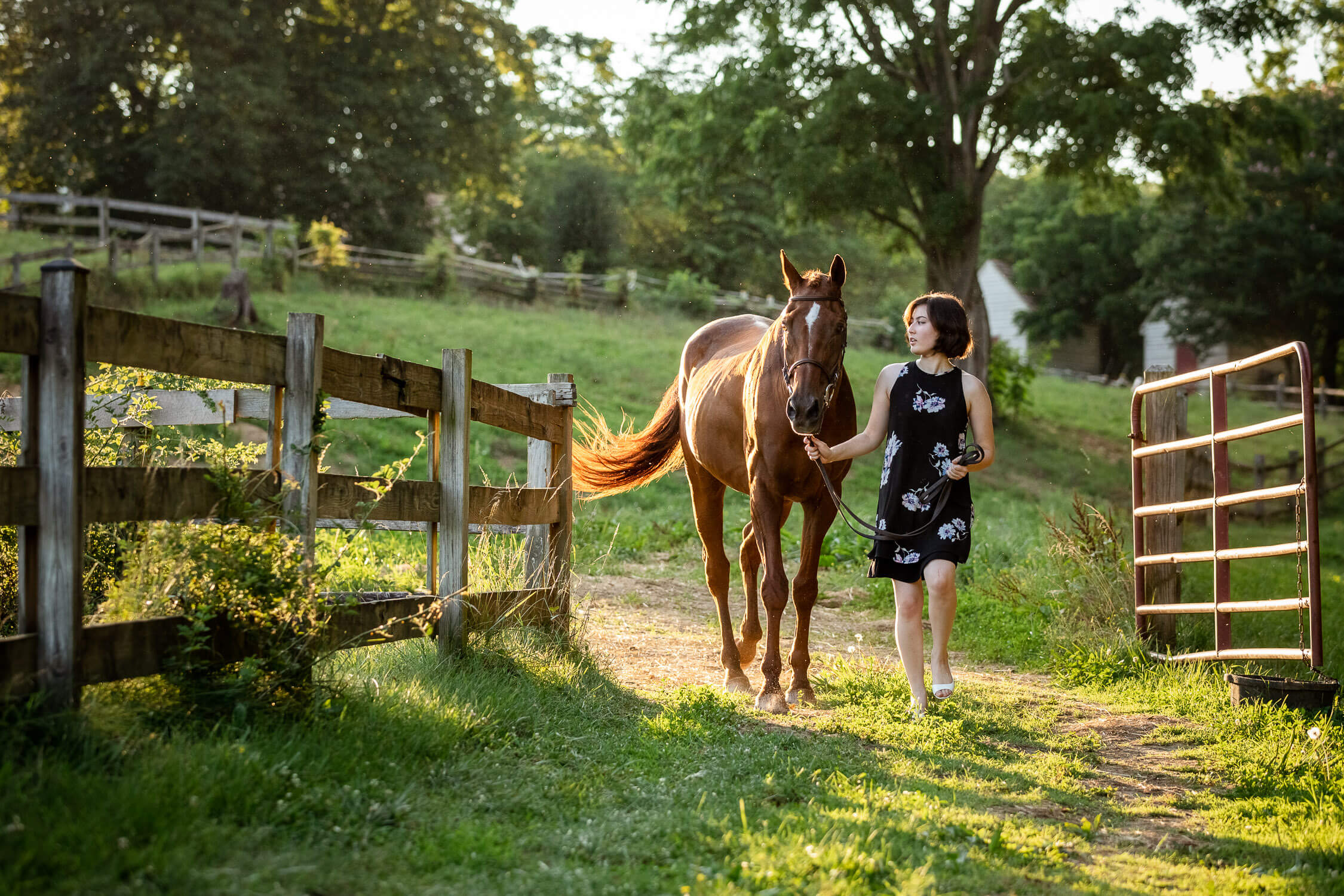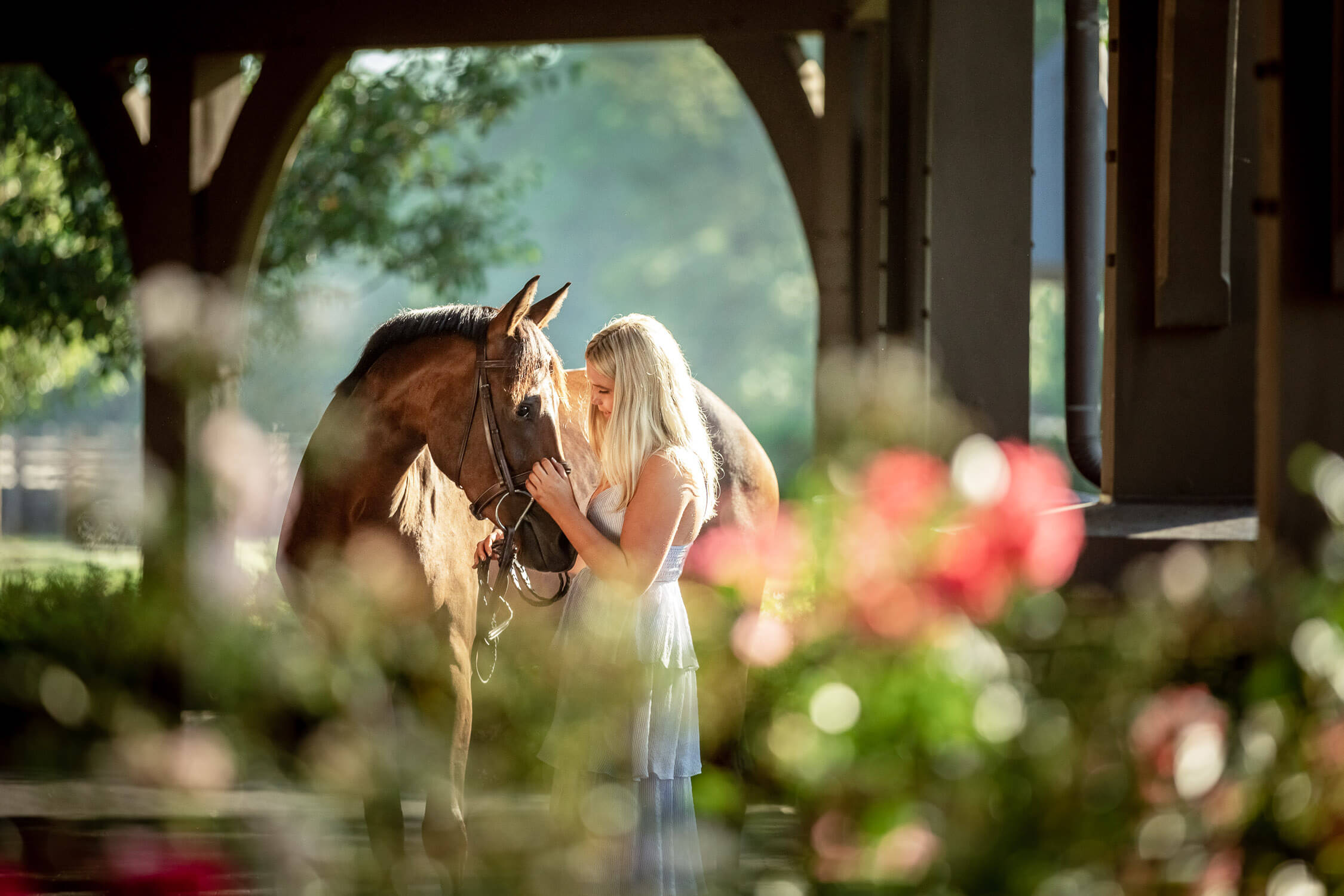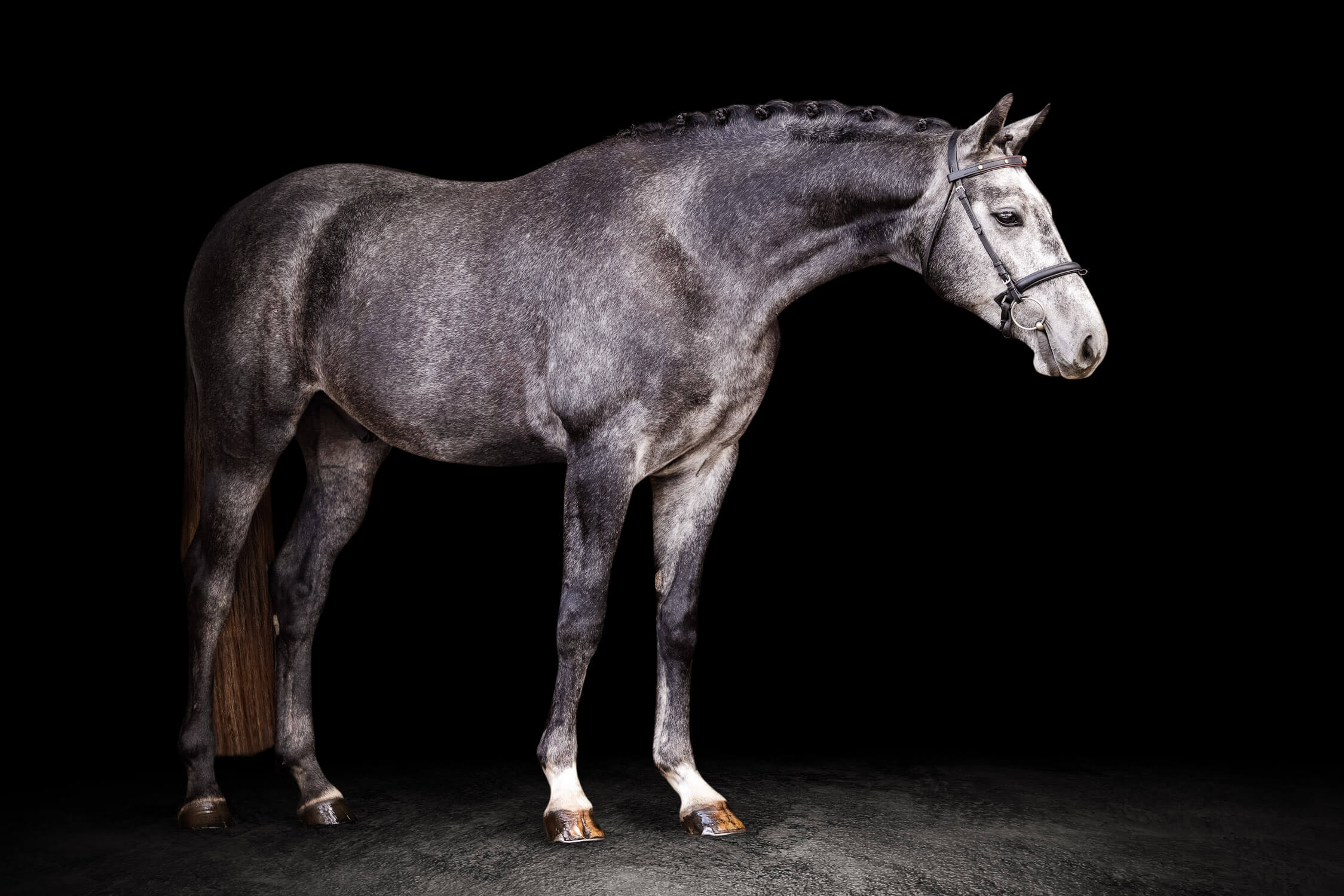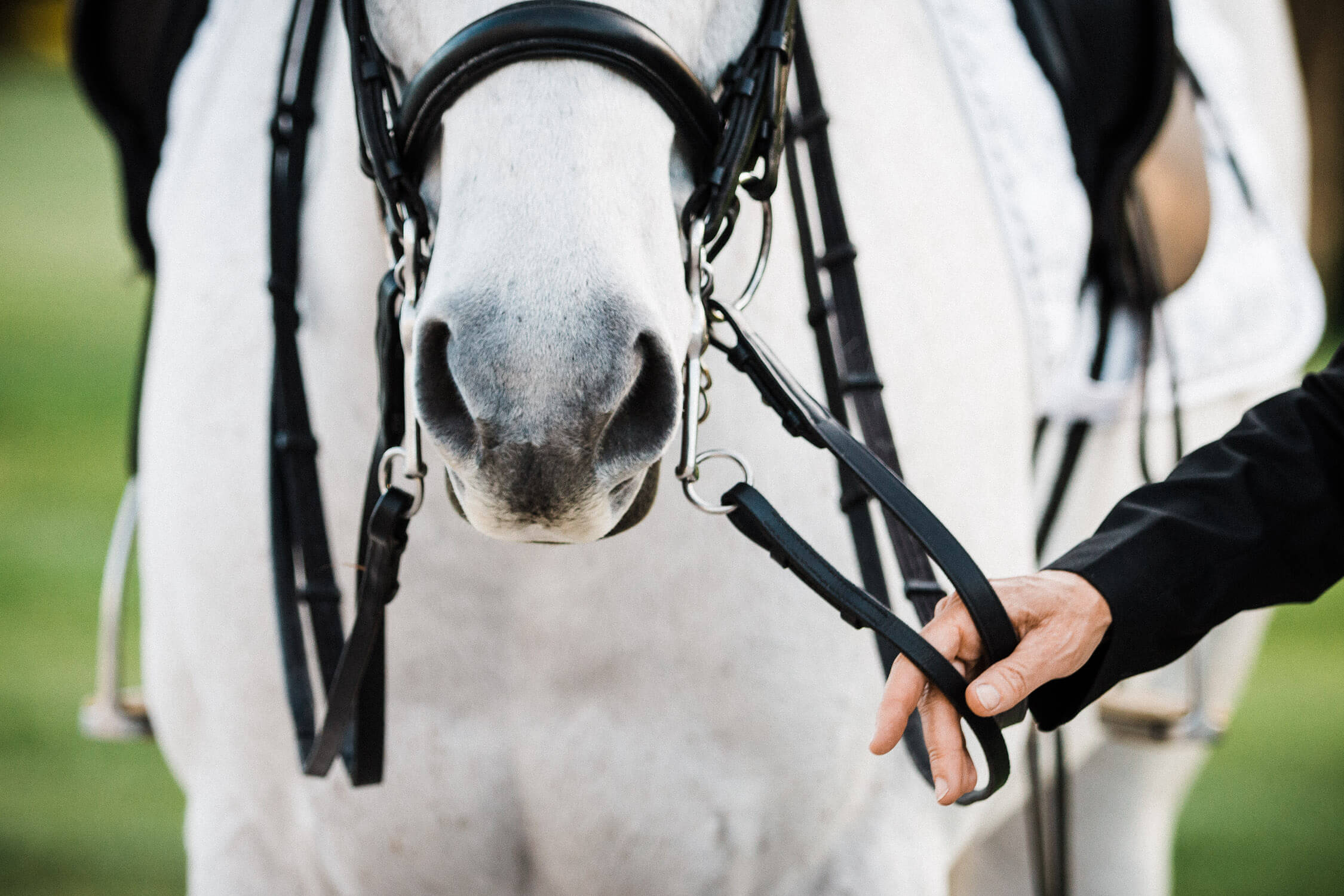Preparing your Horse
Your horse should be well prepared for their equine photoshoot, whether you want your vibe to be casual, fancy, or show ring ready. Here are some tips for making sure your horse is ready for their time in the spotlight beyond getting them squeaky clean.
Grooming + Health
To make the day go a bit smoother, ask a friend or family member to help you prepare your horse and assist during your session. Having an extra set of hands will help relieve some of the preparation anxiety so that your excited nerves don’t turn into stress nerves.
If you attend shows, you probably already have a grooming routine to get your horse looking their best. Prepare as you normally would for an event, with a few extra considerations.
Avoid any major changes during the last week leading up to the shoot – such as a farrier visit or full body clip.
Make sure that you feed your horse (and yourself) ahead of the shoot.
Bathe your horse the day before or morning of your shoot. Ensure that they have enough time to dry, especially in spring or fall when they have a bit more hair.

Pull out the show sheen and whitening shampoo, but avoid applying anything heavy or colorful that could rub off on you during the shoot. Stay away from oils or baby powder on the face. Don’t spray anything on your horse’s saddle area.
For a Studio Session – which is all about your horse – you can add face oil if you prefer. Apply only a small amount, as the lights will magnify the shine.
Use hoof polish that dries completely instead of hoof oil, which can cause dirt to build up and grass to stick to the feet.
If you don’t braid, make sure your horse’s mane is neatly pulled or brushed to breed standards.
Lots of flyspray. Flyspray. Did I mention flyspray?
Make sure you have a few items on hand for your horse during the session: clean rags, soft brush, extra fly spray, hoof pick, rubber bands if you braided, treats, and a small bucket to put it all in.
Tack + Equipment
Well-fitting and clean tack will photograph the best, regardless of what type of riding you do or what kind of tack you have. Simple leather halters and bridles are classic and always look great on camera.
Clean and condition your leather. Don’t forget to wash your saddle pad, scrub your bit, and shine the other metal on your tack.
Horses and tack should be extra clean for Studio Sessions. The lights used will magnify any dirt or missed spots. For a Studio Session, make sure your reins can be easily removed from your bridle.
I suggest matching your horse’s level of turnout to your own for the most cohesive images. If you are in show clothes, your horse should be in show tack. A casual outfit can look good with your every day work tack or show tack.

Handling + Behavior
Unless you have an experienced event or show horse – one who is used to going to strange places and standing around for extended periods of time – the unusual requests of an equine photoshoot may seem strange or even frustrating to your horse.
Photoshoots, while not physically demanding, can be mentally exhausting for horses.
Paying attention to their moods and understanding when your horse needs a break is important. Even the most patient horses can get annoyed at all of the stopping, standing, and repositioning that is done during a session.
One thing nearly all horses can benefit from on the day of their photoshoot is a light lunge or ride to help them relax. The goal is not to wear them out completely, but to help get rid of excess energy so they will be more cooperative and less likely to fidget. Be sure to get rid of any sweat marks.

Take some time to brush up on your horse’s ground manners in the days and weeks leading up to your photoshoot. Make sure your horse is willing to walk to areas of the farm they may not normally visit.
They should be able to stand next to you quietly for several minutes in various places. Ensure that you can easily reposition your horse’s shoulders and hindquarters both left and right.
Horses will frequently circle in front of and around the person holding them when they don’t want to stand still. Make sure you can easily back them into place again to prevent it from becoming a habit during your session.
During Studio Sessions, it is important that your horse be able to stand still at the end of a long lead. Be sure to practice backing away from your horse while they stay in one place.
Ultimately, the better your horse stands still, the more variety and options you will have during your session.

Practice
When purchasing any new grooming supplies or tack for your photoshoot, make sure to try them out beforehand. Your photoshoot day is not the time to try new things.
If you want to have photos taken bareback in a dress or standing in an open field, it’s a good idea to practice ahead of time. Preferably in the same location as the shoot.
Familiarity is your friend and will make both you and your horse more comfortable during your session.
Have Fun
Having everything prepared and ready before your equine photoshoot will help keep last-minute decisions and rushing to a minimum. A relaxed owner translates to a more relaxed and happy horse.
When your photographer arrives, it’s time to breathe, smile, and most importantly – have fun. This is the time to let go of any stress. Focus on the relationship you have with your equine partner.




